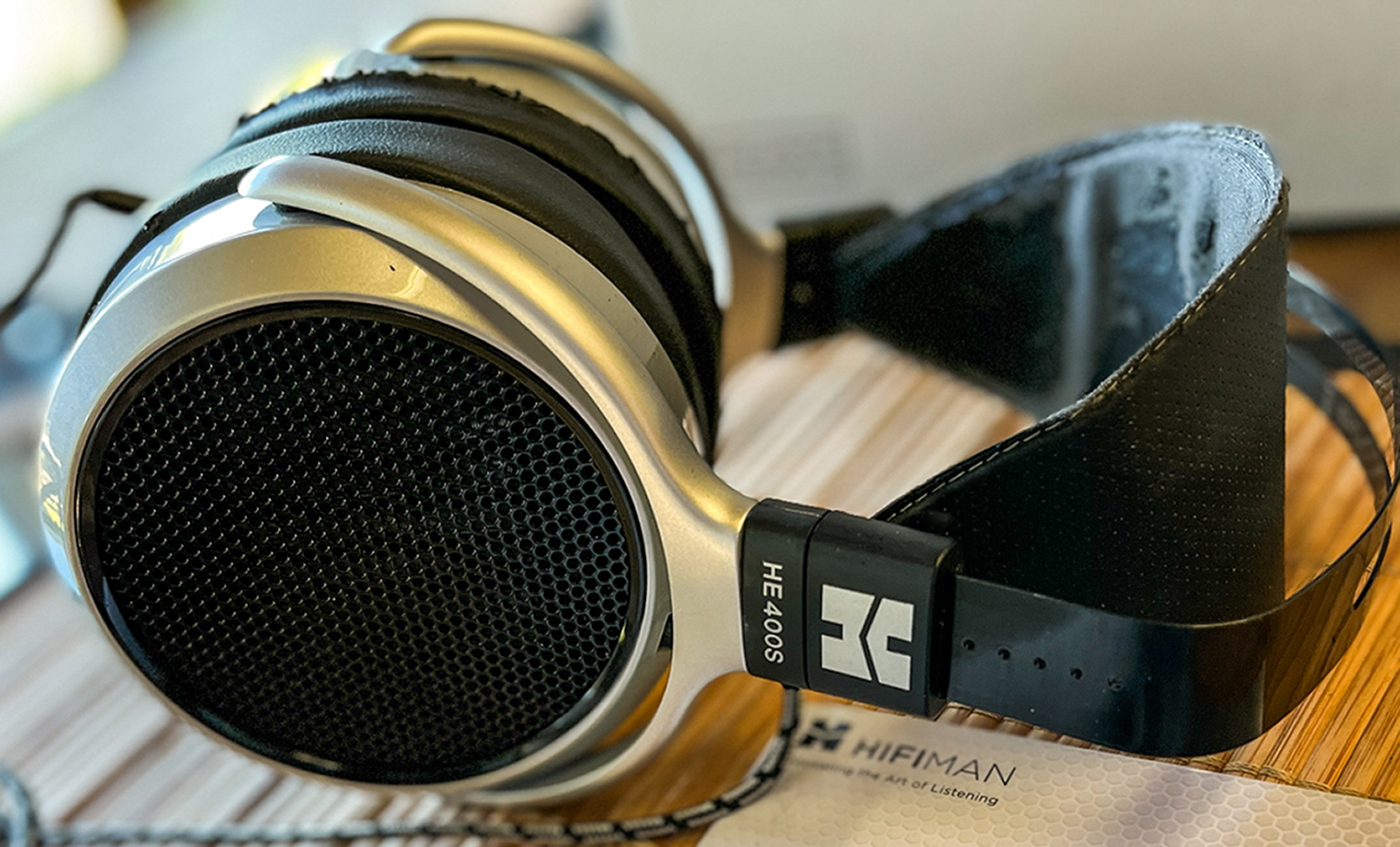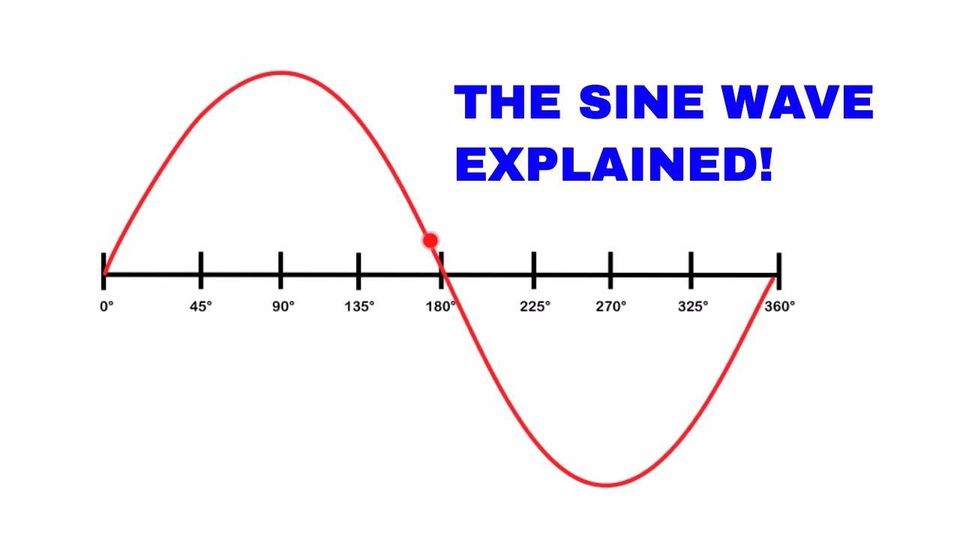What is the purpose of a Subwoofer?
In this article, we are going to try to simplify the process of what to look for in a subwoofer and discuss the merits of using a subwoofer with smaller speakers. To keep this discussion simple, we are going to go with the concept of delivering linear bass from 20 to 80 Hz. The reason for this is 80 Hz has been the standard for crossing over from a main speaker to a subwoofer for decades. In addition, it is widely accepted that bass is non-directional below 80 Hz. What this means is one cannot tell where the source of the bass is when the frequency is below 80 Hz. 20 Hz is the lower limit of human hearing, so we will use that for this tutorial. Now that we have established that we want to reproduce accurately the bandwidth from 20 to 80 Hz, let’s talk about the physics involved. Don’t fret, there won’t be any tests, and we are not going to complicate this.
What is a sine wave and why do I care?
All sound is made up of what we call sine waves. A sine wave looks like a roller coaster on a piece of paper. A good example of a sine wave in nature would be the ripples one sees when tossing a rock into a calm pond. The small, circular waves are quite similar in look to a sound sine wave. The difference is we cannot see a sine wave made by sound; we hear it.
This next bit of information will make it easier to understand why we need a dedicated subwoofer for good bass. The sheer SIZE of a sine wave from 20 Hz to 80 Hz is quite large. One of the fascinating aspects of auditory sine waves is that as the frequency goes lower, the sine wave gets bigger. Let’s explore frequencies, sine waves and another thing called an octave.
Each time we double the frequency, we go up one octave. From 20 to 40 Hz is one octave, 40 to 80 Hz is one octave, and 80 to 160 Hz is an octave. A 20 Hz frequency is a sine wave 56 feet long, 40 Hz is 28 feet, and 80 Hz is 14 feet. If one looks at the picture of the sine wave above, it shows 0-360 degrees. This represents one complete cycle at any given frequency. At 20 Hz, which is 20 cycles per second, that wave would be 56 feet in length and would need to be reproduced by the speaker 20 times every second. We are now getting the idea as to why a dedicated subwoofer is so important: a 6-inch driver is not very good at delivering a 56-foot-long sine wave. We have now established that it takes something special and powerful to make great bass.



